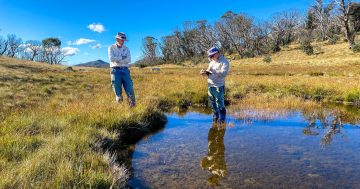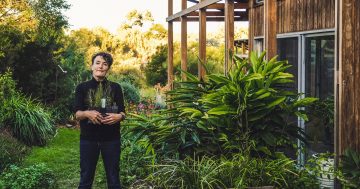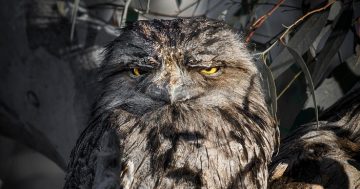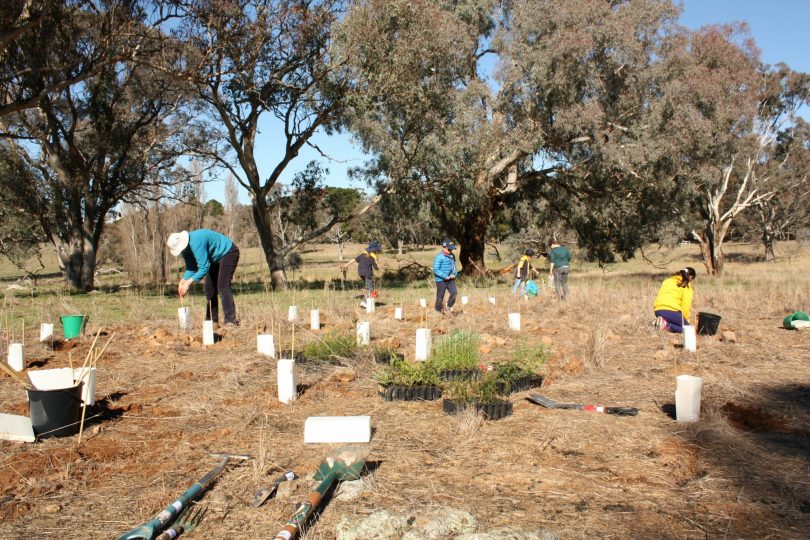
Volunteers from the 2017 Community Planting Days.
The local community is invited to join CSIRO and the Ginninderra Catchment Group for the return of our popular shrub planting days, as we work together to restore woodlands and bring back native birds. Register your interest* to attend our 20 and/or 27 May planting days by visiting www.csiro.au/Ginninderra-Planting-Days.
Have you ever noticed there are more native woodland birds in some areas than in others? One reason for this is the quality of local habitat and presence (or absence) of native shrubs such as Silver Wattles, Austral Indigofera, Spiny Blackthorn, and the aromatic Long-Leaved Cassinia. Such plant life provides an excellent resource for native woodland birds such as pardalotes, thornbills, fantails and treecreepers to either forage in or build a nest, or hide from aggressive birds such as Noisy Miners.
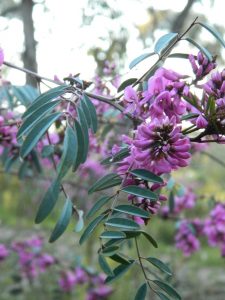
Indigofera.
Over time, the prevalence of these shrub species and associated native birds in our local Box Gum Grassy Woodland has become less and less. In 2017, the CSIRO, Ginninderra Catchment Group and a team of local residents, Aboriginal Green Army, scouts and local students, kicked-off a series of community planting days to help address the decline. Together, more than 130 volunteers planted over 3500 native shrubs among the Box Gum Grassy Woodlands at CSIRO Ginninderra.
In just 10 months these shrubs have grown significantly and are well on their way to providing a valuable bird habitat. Each shrub species was chosen with a specific purpose in mind – to attract nectar and insectivorous birds such as the Spotted Pardalote, and the Weebill, which at five grams is Australia’s smallest bird!
Re-establishing ‘layers’ of vegetation in the woodlands – ground, shrub and overstorey – is not only important for woodland birds but also provides valuable opportunities for insects, possums, gliders and reptiles to live, forage, reside and take refuge from predators.
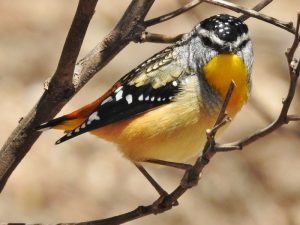
Spotted Pardalote.
This is just one approach CSIRO has adopted as part of its commitment to conservation and restoration at CSIRO Ginninderra. Other strategies include restoring native grasses, maintaining fallen logs, mature trees, hollows and nesting sites, that together with the community shrub plantings, will help support our native wildlife.
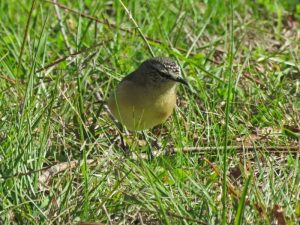
Yellow-rumped Thornbill.
In 2018 we are doing it again. By joining us for our upcoming community planting days on 20 and 27 May, you’ll be helping CSIRO and the Ginninderra Catchment Group to continue to restore more than 200 hectares of Box Gum Grassy Woodlands. You will also be part of a growing army of citizens involved in the conservation and restoration science that is being undertaken at CSIRO Ginninderra.
Read the original story in Gungahlin Community Council’s Gunsmoke Magazine.












